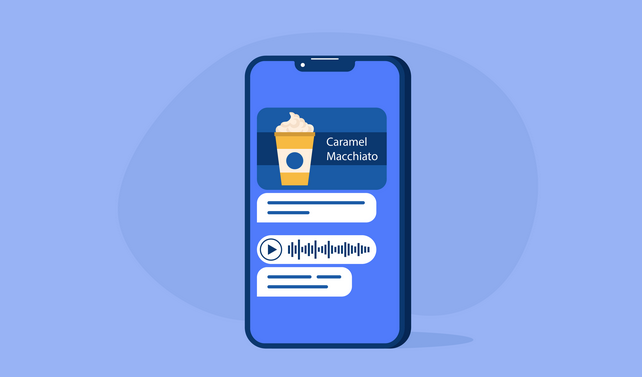The Multimedia Messaging Service (MMS) has become an integral part of our daily communication. It’s a standardised method to send messages containing multimedia content to and from mobile phones over a cellular network. While many might simply know it as a way to send pictures or videos, its capabilities and history are much richer.
MMS is not just an extension of the core SMS (Short Message Service) but a more advanced form of it. Unlike the text-only SMS, which is limited to 160 characters, MMS allows for the exchange of longer text messages. More importantly, it can deliver various media types, including video clips (up to forty seconds), images, audio, or even a slideshow of multiple images.
The inception of MMS can be traced back to the technology of SMS messaging, which was first developed in 1984. It was designed as a technology that allowed service providers to charge a fee every time a photo was taken. The commercial introduction of MMS began in March 2002. Between 2010 and 2013, there was a significant surge in MMS traffic in the U.S., with a 70% increase, from 57 billion to 96 billion messages. This rise can be attributed to the widespread adoption of smartphones.
MMS messages are delivered differently from SMS. The multimedia content is first encoded similarly to sending a MIME message. It’s then forwarded to the carrier’s MMS store and forward server, known as the MMSC (Multimedia Messaging Service Centre). If the recipient is with a different carrier, the MMSC acts as a relay, forwarding the message to the recipient’s carrier’s MMSC using the Internet.
One of the challenges with MMS is handset configuration. The settings required for MMS are sometimes preconfigured on the handset. However, poor handset configuration is often the first point of failure for many users. Another challenge is content adaptation. Multimedia content created by one brand of MMS phone might not be entirely compatible with another brand. The recipient’s MMSC is responsible for modifying the multimedia content into a format suitable for the receiver, a process known as “content adaptation”.
Despite its challenges, the evolution and adoption of MMS have revolutionised the way we communicate, making it richer and more interactive.
